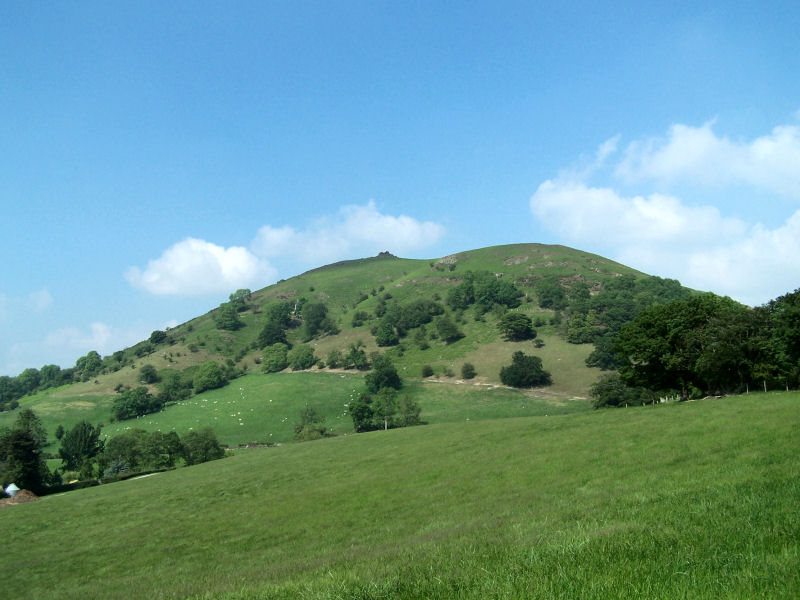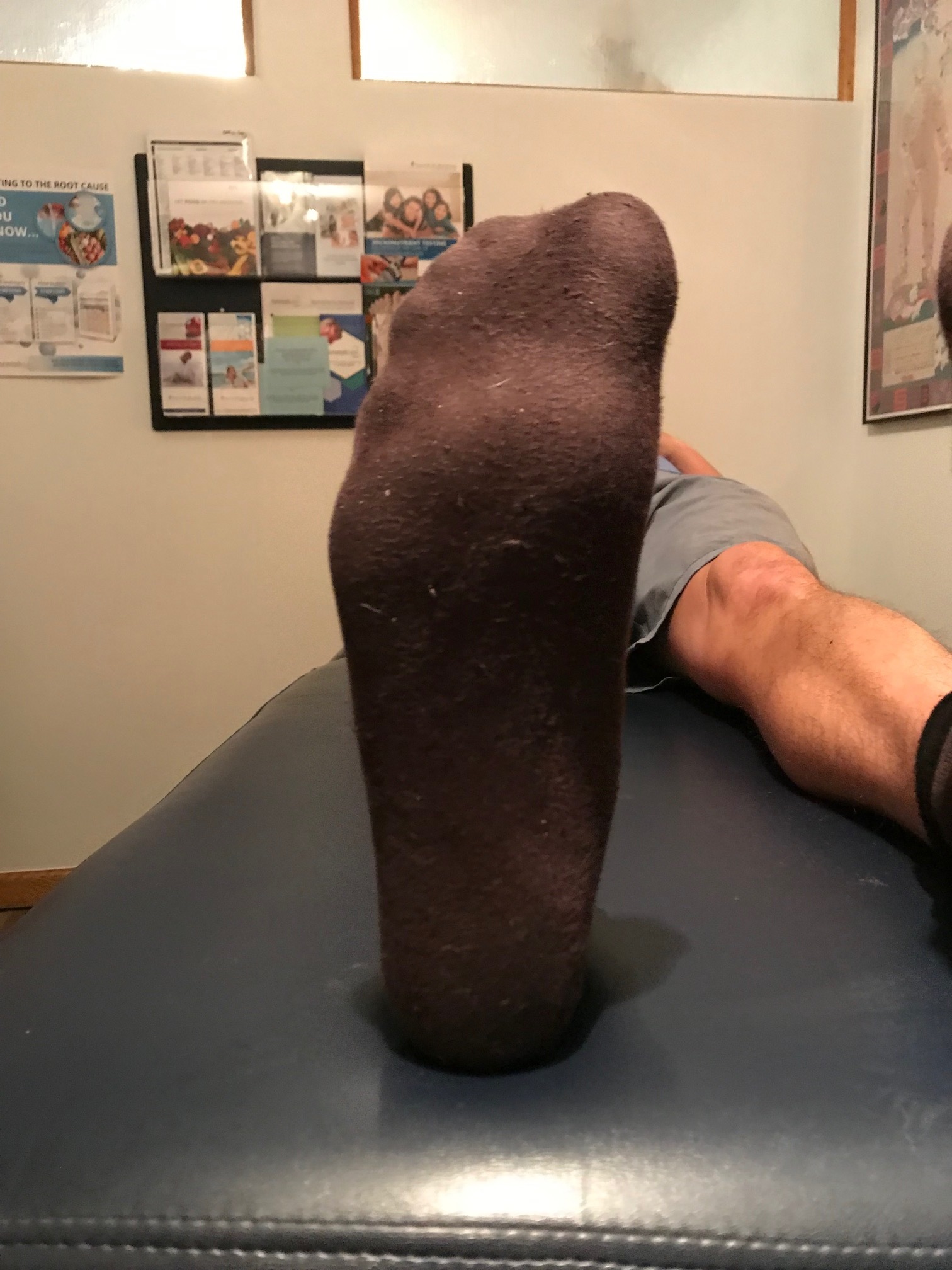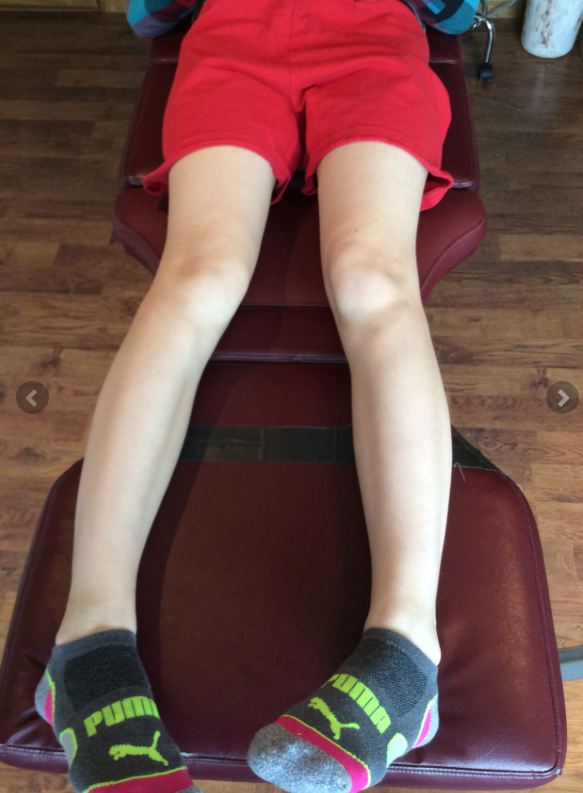"From the viewpoint of dynamic systems theory, it was concluded there may not be a single factor that predetermines human quadrupedalism in Uner Tan syndrome, but that it may involve self-organization, brain plasticity, and rewiring, from the many decentralized and local interactions among neuronal, genetic, and environmental subsystems."
Full Blog post here:
https://www.thegaitguys.com/…/the-hand-walkers-the-family-t…
The hand walkers: The family that walks on all fours. Part 1
Quadrupedalism and its commentary on human gait. To understand your athlete, your patient, your client, whatever your profession, you need to have a good understanding of neurodevelopment. If your client has some functional movement pattern flaws it could be from a delayed or expedited neurodevelopmental window. Generalized training and rehab will not correct an early or late window issue; often your work must be more specific.
When we began our journey into our daily writings on “The Gait Guys blog” we had no idea of the never ending tangents our writing would take pertaining to gait, human movement and locomotion. It has become plainly obvious over time that this blog will likely exist as long as we choose to continue it.
In 2006 we saw a documentary documentary entitled The Family That Walks On All Fours LINK: https://www.youtube.com/watch?v=ef3eKj4Pivk&feature=youtu.be
. . . and the video clip is from the documentary. It was a fascinating documentary and with our backgrounds in neurology, neurobiology, neuroscience, biomechanics and orthopedics we had more questions than the documentary touched upon. The documentary opened up many thoughts of neuro-development since we all start with a quadrupedal gait. But there had to be more to it than just this aspect because people eventually move through that neurologic window of development into bipedial gait. This has been in the back of our minds for many years now. Today we will touch upon this family and their challenges in moving through life, today we talk about Uner Tan syndrome, Unertan syndrome or UTS.
The original story is about the Ulas family of nineteen from rural southern Turkey. Tan described five members as walking with a quadrupedal gait using their feet and the palms of their hands as seen in this video. The affected family members were also severely mentally retarded and displayed very primitive speech and communication. Since his initial discovery several other families from other remote Turkish villages have also been discovered. In all the affected individuals dynamic balance was impaired during upright walking, and they habitually chose walking on all four extremities. Tan proposed that these are symptoms of Uner Tan syndrome.
UTS is a syndrome proposed by the Turkish evolutionary biologist Uner Tan. Persons affected by this syndrome walk with a quadrupedal locomotion and are afflicted with primitive speech, habitual quadrupedalism, impaired intelligence. Tan postulated that this is a plausible example of “backward evolution”. MRI brain scans showed changes in cerebellar development which you should know after a year of our blog reading means that balance and motor programming might be thus impaired. PET scans showed a decreased glucose metabolic activity in the cerebellum, vermis and, to a lesser extent the cerebral cortex in the majority of the patients. All of the families assessed had consanguineous marriages in their lineage suggesting autosomal recessive transmission. The syndrome was genetically heterogeneous. Since the initial discoveries more cases have been found, and these exhibit facultative quadrupedal locomotion, and in one case, late childhood onset. It has been suggested that the human quadrupedalism may, at least, be a phenotypic example of reverse evolution.
Neurodevelopment of Children:
Children typically go through predictable windows of neurodevelopment. Within a set time frame they should move from supine to rolling over. Then from prone they should learn to press up into a push up type posturing which sets up the spine, core and lower limbs to initiate the leg movements for crawling. Once crawling ensues then eventual standing and cruising follow. In some children, it is rare yet still not neurodevelopmentally abnormal, they move into a “bear crawl” type of locomotion where weight is born on the hands and feet (just as in our video today of UTS). Sometimes this window comes before bipedalism and sometimes afterwards but it should remain a short lived window that is progressed through as bipedalism becomes more skilled.
In studying Uner Tan Syndrome, Nicholas Humphrey, John Skoyles, and Roger Keynes have argued that their gait is due to two rare phenomena coming together.
“First, instead of initially crawling as infants on their knees, they started off learning to move around with a “bear crawl” on their feet.Second, due to their congenital brain impairment, they found balancing on two legs difficult.Because of this, their motor development was channeled into turning their bear crawl into a substitute for bipedalism.”
According to Tan in Open Neurol, 2010
It has been suggested that the human quadrupedalism may, at least, be a phenotypic example of reverse evolution. From the viewpoint of dynamic systems theory, it was concluded there may not be a single factor that predetermines human quadrupedalism in Uner Tan syndrome, but that it may involve self-organization, brain plasticity, and rewiring, from the many decentralized and local interactions among neuronal, genetic, and environmental subsystems.
There is much more we want to talk about on this mysterious syndrome and the tangents and ideas that come from it. We will do so in the coming weeks as we return to this case. We will talk about other aspects of neurodevelopment which should be interesting to you all since most our readers either are having children, will have them, or are watching them move through these neurologic windows. And we know that some of our readers are in the fields of therapy and medicine so this should reignite some thoughts of old and new. In future posts we will talk about cross crawl patterning in the brain, bear crawling, the use of the extensor muscles in upright posture and gait as well as other aspects of neurodevelopment gone wrong. We are not even close to being done with this video and all of its tangents. In the weeks to come we hope you will remain interested and excited to read more about its deep implications into normal and abnormal human gait.
author: Dr. Shawn Allen, one of the gait guys
References:
Open Neurol J.
2010 Jul 16;4:78-89. Uner tan syndrome: history, clinical evaluations, genetics, and the dynamics of human quadrupedalism.
Tan U
.Department of Physiology, Çukurova University, Medical School, 01330 Adana, Turkey.
link: http://www.ncbi.nlm.nih.gov/pubmed/21258577
Humphrey, N., Keynes, R. & Skoyles, J. R. (2005).
“Hand-walkers: five siblings who never stood up”
(PDF).
Discussion Paper
. London, UK: Centre for Philosophy of Natural and Social Science.
http://informahealthcare.com/…/abs/10.1080/00207450701667857
http://informahealthcare.com/…/abs/10.1080/00207450500455330
http://www.ncbi.nlm.nih.gov/pubmed…
https://www.youtube.com/watch?v=ef3eKj4Pivk&feature=youtu.be




































